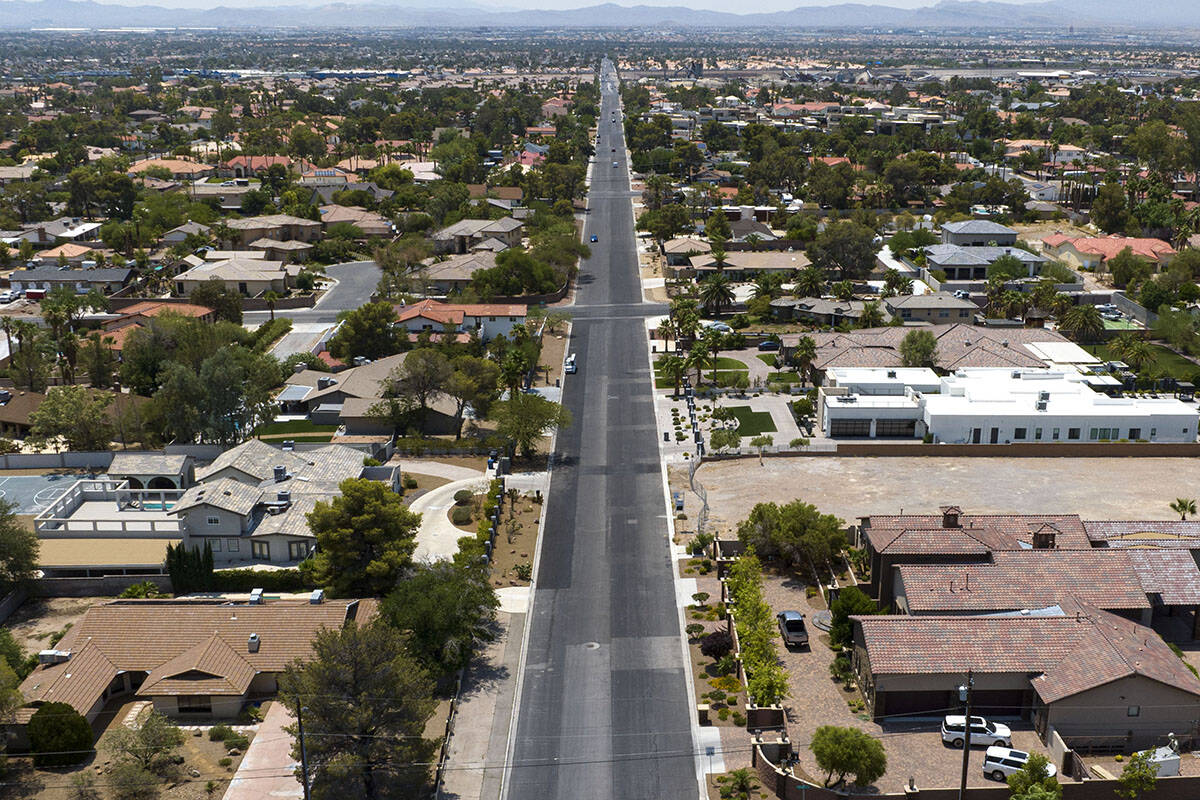The Las Vegas Valley has experienced a remarkable increase in new home listings, leading the nation with a **77.6 percent** rise in June 2023 compared to the same month last year, according to a recent study by **Realtor.com**. Despite this surge in inventory, home prices have stubbornly remained at record levels, raising questions about the underlying dynamics of the local housing market.
Market Dynamics and Buyer Behavior
Data from **Realtor.com** indicates that the increase in active listings surpasses the national growth rate of **28.9 percent**, as well as the broader Western U.S. market. **Jake Krimmel**, a senior economist at Realtor.com, highlighted that the surge in listings is significant, but other factors are influencing the market landscape. Homes in Las Vegas are staying on the market **11 days longer** than the national average, which is currently **five days**. This indicates a shift towards a more buyer-friendly atmosphere in the region.
Despite the influx of new listings, the median home price in Las Vegas has risen to **$485,000**, matching record highs. Factors contributing to this trend include elevated mortgage interest rates, which have sidelined many potential buyers and locked existing homeowners into lower rates attained during the pandemic. Furthermore, limited new home construction, largely due to federally controlled land in the valley, continues to exert upward pressure on prices, compounded by a growing population and a thriving luxury real estate sector.
Price Adjustments and Future Trends
Krimmel noted that the market is beginning to show signs of softening, as about **27 percent** of listings have undergone price reductions—approximately six percentage points higher than the national average. This trend suggests that sellers are increasingly willing to adjust their asking prices in response to the increased competition. Despite these changes, the overall list prices have seen minimal movement, with a decrease of just **1 percent** year over year.
While some cities, such as **Austin** and **Miami**, have experienced significant year-over-year price drops of **5 to 6 percent**, Las Vegas has not followed suit in a similar fashion. Krimmel pointed out that the local market dynamics do not align with traditional economic principles, where a significant rise in listings typically leads to lower prices.
Looking ahead, the Las Vegas housing market is at a crossroads. The current inventory level sits **36 percent** above pre-pandemic figures, in stark contrast to the national trend, where inventory remains about **13 percent** below pre-pandemic levels. The next steps taken by sellers—whether they opt to lower prices, hold out for better market conditions, or withdraw their listings—will be crucial in determining the future trajectory of the Las Vegas housing market.
As the market evolves, monitoring the response of both buyers and sellers to the unprecedented influx of listings will provide insights into potential shifts in pricing and inventory dynamics.
